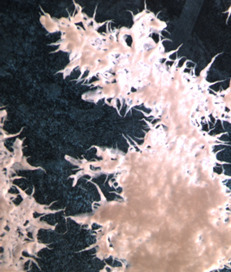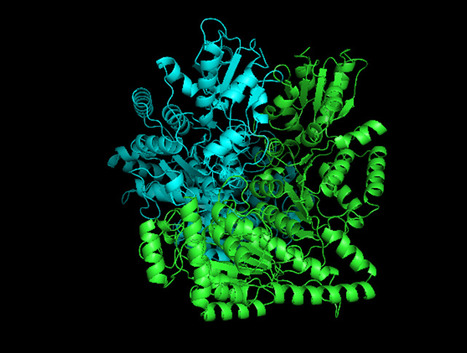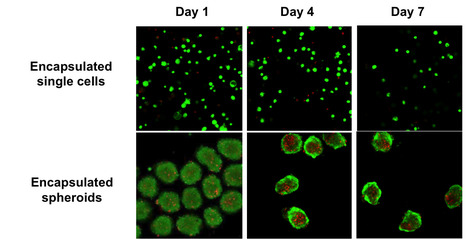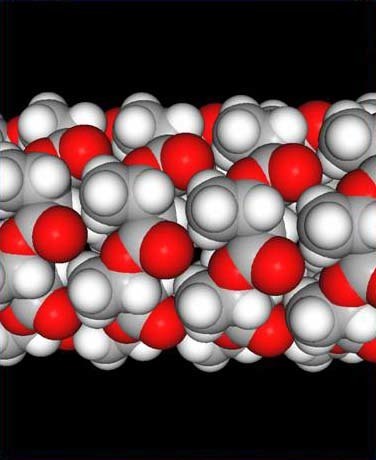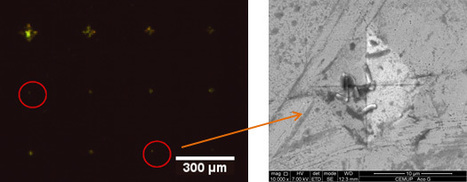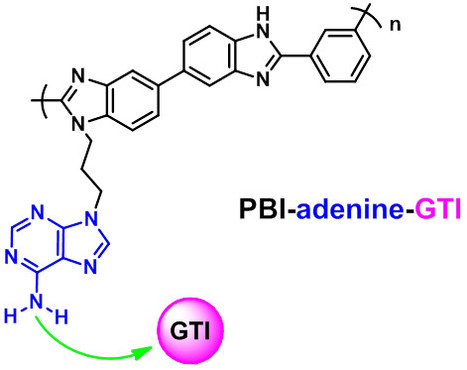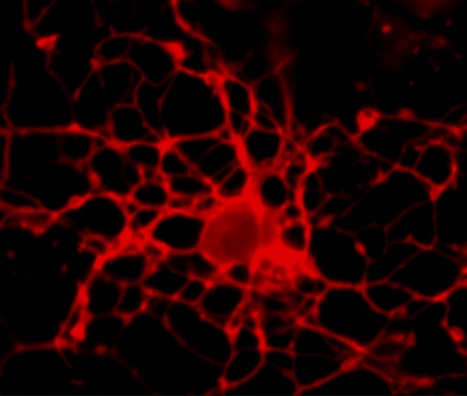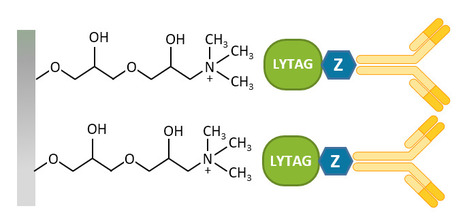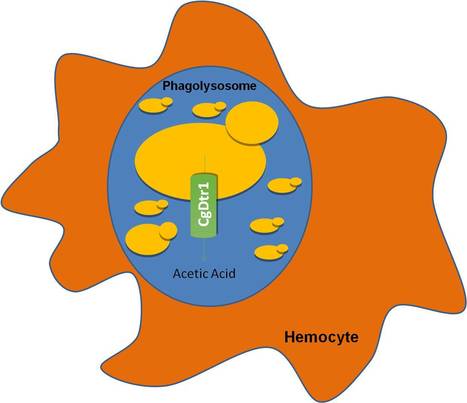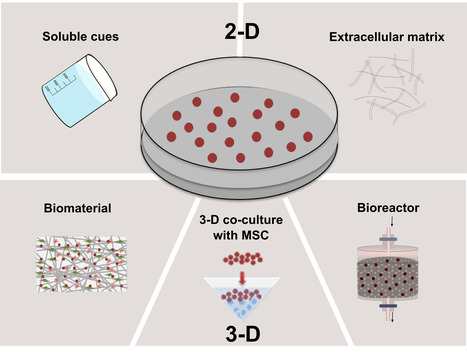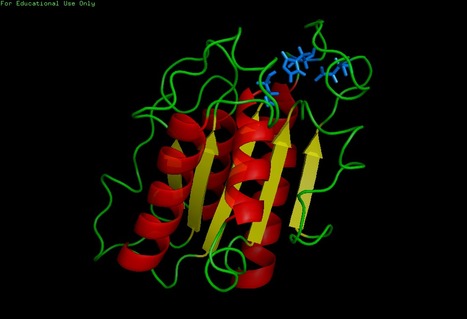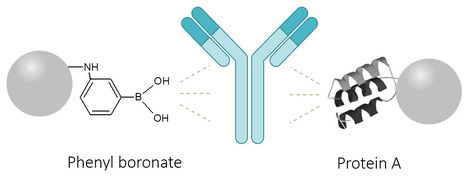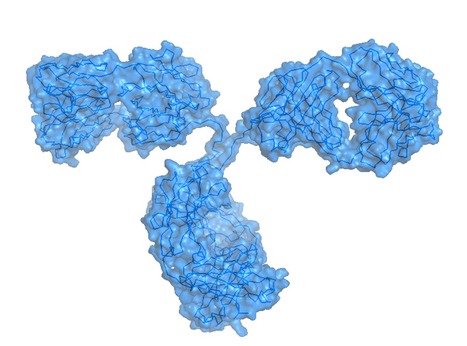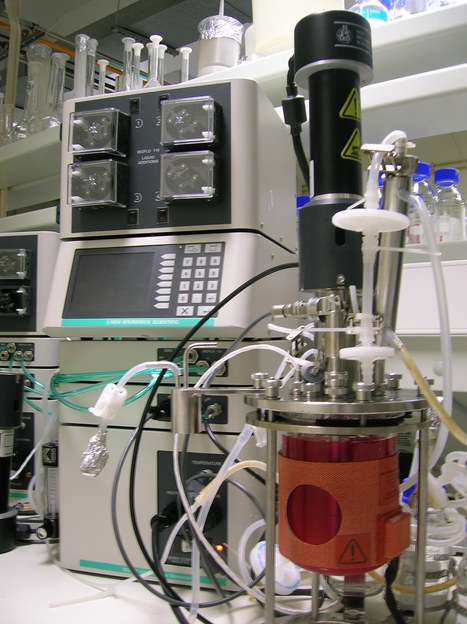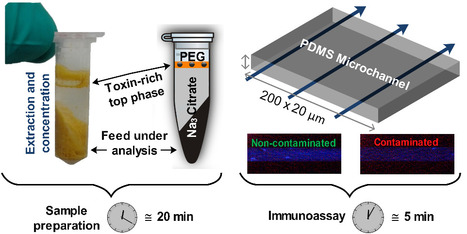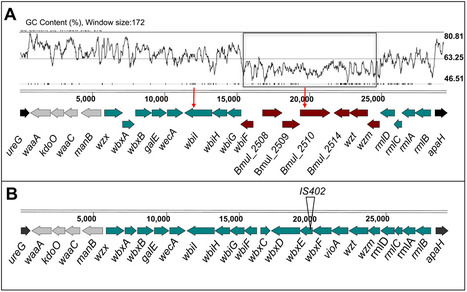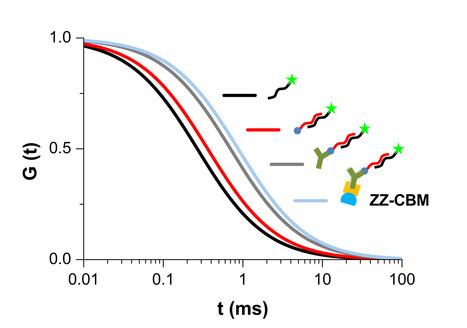Legionella pneumophila is ubiquitous in freshwater environments and in man-made water systems. Most studies on L. pneumophila virulence focus on clinical strains and isolates from man-made environments, but little is known about the nature and extent of virulence in strains isolated from natural environments. In a recent publication in Frontiers in Cellular and Infection Microbiology, Leonilde M. Moreira from BSRG-iBB, in collaboration with the group of Joana Costa from University of Coimbra, studied whether unrelated L. pneumophila strains, isolated from different environments, displayed differences in virulence, using the infection model Galleria mellonella. The work suggests that in water distribution systems, environmental filtering selection and biotic competition structure L. pneumophila populations by selecting more resilient and adapted strains that can rise to high concentration if unchecked. Click on title to learn more.
Research and publish the best content.
Get Started for FREE
Sign up with Facebook Sign up with X
I don't have a Facebook or a X account
Already have an account: Login



 Your new post is loading...
Your new post is loading...


